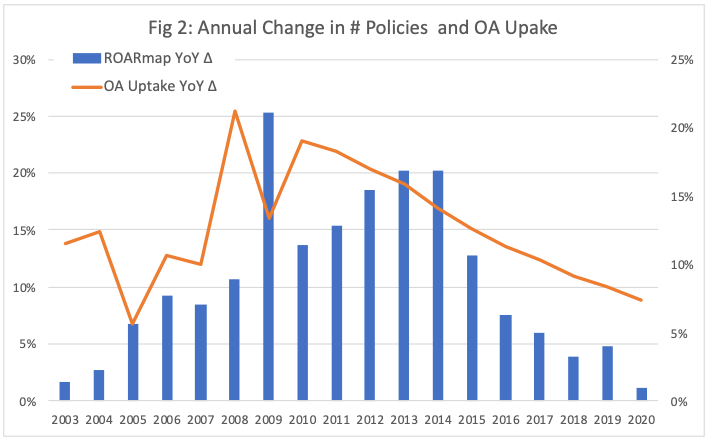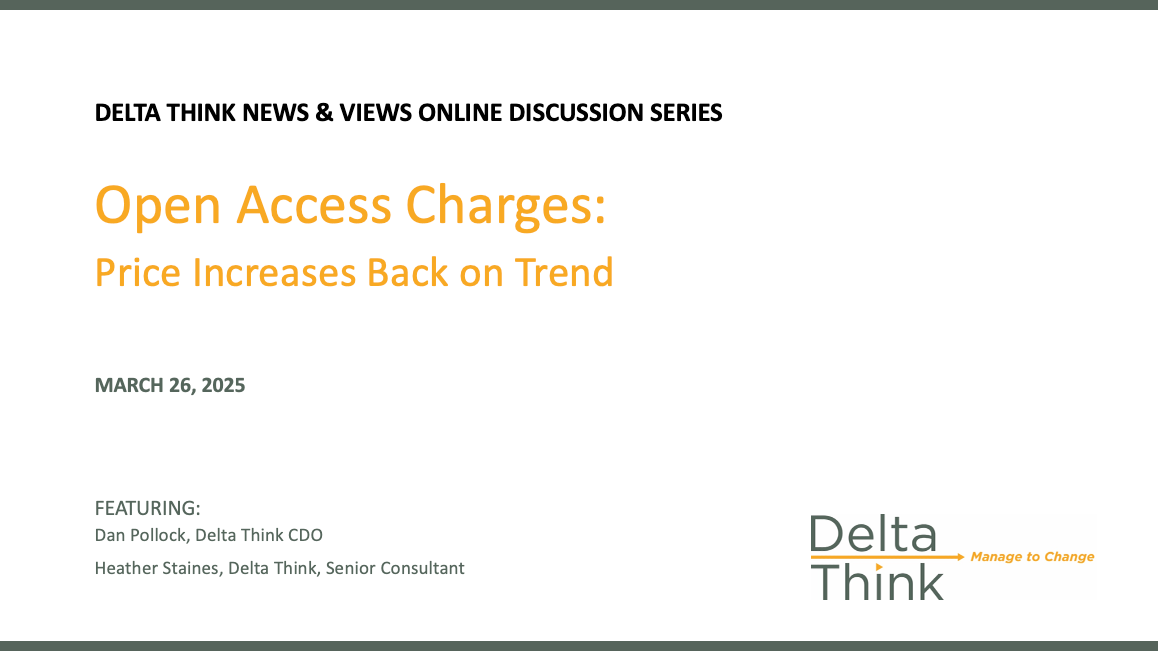By Lori Carlin and Meg White
•
June 18, 2025
The Society for Scholarly Publishing’s (SSP) 47th Annual Meeting , themed “Reimagining the Future: Scholarly Publishing at the Intersection of Value and Values,” challenged the scholarly community to think beyond the content that we produce and the structures and systems we build—and to focus on how we communicate their purpose and impact . As proud SSP volunteers, Annual Meeting sponsors, and Contributor level supporters of the Generations Fund , Delta Think was honored to support this dynamic event, which continues to elevate the conversation around diversity, integrity, innovation, and sustainability . The opening keynote from marine conservation biologist Dr. David Shiffman set the tone: publishing research is necessary—but not sufficient . To drive change, he argued, we must tell our story , connect with audiences beyond the academy, and make the case for scholarship, science, and research in an increasingly skeptical world. Inspired by that message, here are our team's key reflections from the conference: Engagement and Mentorship: The Power of Community Heather Staines One of my favorite moments was participating in the President’s Early Career Roundtable . These emerging professionals—thoughtful, passionate, and diverse—reminded me that engagement is a two-way street. We’re not just telling our story—we’re empowering others to tell theirs. As SSP President, I’ve had the privilege of contributing to the organization’s new strategic plan, the launch of the EPIC Awards, and the success of the Generations Fund. But nothing compares to the energy and optimism I saw in that room. The future of scholarly publishing is in good hands. Innovation: AI Is Here (and Evolving Fast) Diane Harnish AI has officially graduated from theoretical to practical. We saw publishers showcasing real-life integrations—tools in production, monetization pilots, and governance frameworks taking shape. From my panel on AI and copyright to collaborative case studies across the conference, the narrative has shifted. We're not asking if AI belongs—we're asking how to align it with our mission. Like the keynote’s call to combine research with action, AI’s value will depend on whether we use it to advance transparency, engagement, and ethical progress . Output vs. Outcomes: Data as Storytelling Bonnie Gruber From predictive analytics to workflow tools, data and analytics were everywhere at SSP 2025. But more importantly, we saw them being used to support narratives—about trust, about quality, about community needs. Sessions from Jennifer Regala, Lettie Conrad, and others highlighted the power of metadata, usage metrics, and audience segmentation to help publishers move beyond reporting to driving real-world results . As Dr. Shiffman illustrated through shark science, impact only matters when people understand it. That’s where analytics come in. Impact: From Evidence to Advocacy Lori Carlin First, Dr. Shiffman’s message about articulating value hit a chord with me, as I’ve been concerned about how we move beyond the ‘four walls’ of scholarly publishing and our own community to ensure the public at large understands the great value and immense importance of research, and why they can TRUST science. Also, I am always personally grateful and humbled by the vast network of friends and colleagues I have managed to build across the industry over the many years I’ve been involved with SSP. I remember back in my work ‘youth’ attending a Frankfurt Book Fair with a colleague who is now a good friend (and whom I won’t call out and embarrass) and being unable to walk 2 feet through Hall 4.2 without stopping to talk to someone he knew. I thought “I hope I reach that level of connection and comfort someday”…and SSP always makes me feel like I have ‘arrived’ in that sense. The number of folks I know as I walk through the meeting is astonishing to me, and I’m always grateful for the many opportunities to make new connections throughout the meeting as well. And then there was the tone, the mood, the vibe in the air this year. Yes, most/many of us are concerned about the current funding landscape and policy changes, and certainly attendees showed and voiced their concern. But there was hope too – a sense of community, we are in this together, and the coming together of largely like minds with like concerns. And not to gripe or just share fears, but to think about solutions and ways to address current challenges; ways to work together to identify opportunities and positive pathways to address change. Finally, there was Heather’s President’s Address during the awards luncheon, which brought much of the room to tears … an apt end to an equally challenging and rewarding year in scholarly publishing. Ideas into Action: How Delta Think Can Help Dr. Shiffman’s keynote was about bridging the gap between knowledge and change. Publishing alone isn’t enough. We must communicate why our work matters, engage audiences inside and outside academia, and ensure that scholarly publishing not only reflects but drives societal progress. At Delta Think, we help publishers do just that— by grounding strategy in data, aligning with values, and building frameworks that support sustainable, evidence-based storytelling. Whether you're navigating AI, open access, research integrity, or the next wave of policy change, we’re here to help you turn insights into action. Let’s shape a stronger, clearer narrative—together. Let’s turn your SSP takeaways into action. 📩 Contact us at info@deltathink.com RESULTS COMING SOON: Researcher/Author Survey + Part II Analysis is nearly complete on the more than 13,000 responses to our Researcher/Author Survey, conducted in partnership with 27 professional societies and organizations. This data will generate systematic, quantitative insights from the market, and the accompanying analysis will support evidence-based strategy development and scenario planning within a rapidly evolving funding landscape and policy framework. Participants will receive detailed findings, but we are looking forward to sharing high-level insights with the wider community along the way. Based on the overwhelming response to this project and the extraordinary and ongoing shifts in US federal policy, we expect to conduct this survey again in the fourth quarter of this year to start to document trends. If you need more information, please don’t hesitate to reach out by emailing us at info@deltathink.com .
















